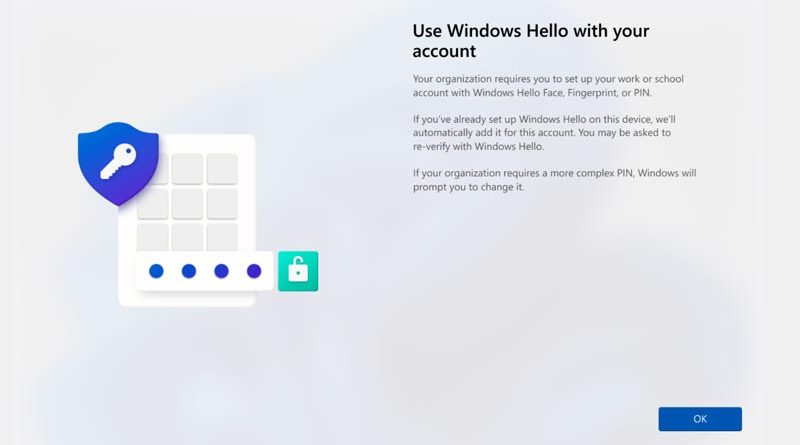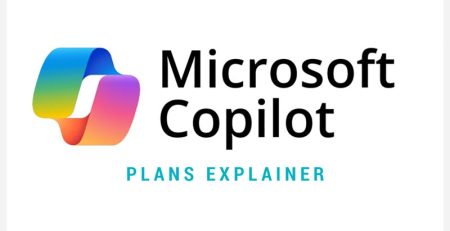Windows Hello and TPM Are the Future of Authentication
Imagine the day when you can log onto your work computer without memorizing a lengthy password.
Sounds great, doesn’t it?
That’s the promise of Windows Hello and TPM (Trusted Platform Module) — making logins more secure while being easier for you.
How Did We Get Here?
In the early days of business networks, everything was on-premises. To access your data, you had to physically be in the office to connect to the internal network.
This setup included two factors of authentication:
- Something you know (your password).
- Somewhere you are (inside the secure office network).
When organizations began allowing — via VPNs, cloud services and work-from-home setups — we lost the “somewhere you are” factor.
“Windows Hello adds modern security to MFA by tying your login to your device, making remote breaches impossible.”
Employees could now conveniently log in from anywhere, eliminating the need for physical presence. However, with just one factor to bypass, attackers who know your password could now also conveniently log in from anywhere.
This led to the rise of multifactor authentication (MFA) to bring back a second factor — like a mobile app or security token — replacing the physical location we no longer relied on.
MFA is a similar solution to what we had before. Instead of proving you’re in a secure office, it now asks you to verify yourself with a second factor, like “something you have” — your cell phone. It restores the security of having two factors but introduces to major downside of incorporating personal devices into corporate security.
PIN vs. Password: Key Differences
People often use the terms “PIN” and “password” interchangeably. However, there are some noticeable differences regarding how Microsoft utilizes them.
Feature | PIN | Password |
Tied to Device? | Yes, specific to one device | No, can be used anywhere |
Stored in TPM? | Yes | No |
Length/Complexity | Usually shorter | Requires higher complexity |
Multifactor Capability | Often used with biometrics | Not inherently multifactor |
Used in Data Breaches? | No, cannot be intercepted | Yes, vulnerable to breaches |
Windows Hello PINs Are More Secure Than Passwords
With Windows Hello and TPM (think of this as a security vault for your computer), we’re essentially bringing back the idea of “somewhere you are,” but with a modern twist.
- Device-specific Security
A Windows Hello PIN is tied to the specific device it’s set up on. Unlike passwords, which can be used on any system, a PIN is useless if stolen because it won’t work elsewhere. - Protected by Hardware (TPM)
The PIN is backed by a TPM chip in your computer. This hardware-based security ensures the PIN is stored securely and cannot be extracted, even if the device is compromised. - Built for Multifactor Authentication (MFA)
Windows Hello satisfies the requirements for multifactor authentication even without adding biometrics. Here’s why:
• Something you know: The PIN acts as the “something you know.”
• Something you have: Because the PIN is tied to the specific device and secured by the TPM chip, it cannot be used remotely or on another device. This ensures the “something you have” factor is met.
While biometrics like fingerprints or facial recognition can add an additional layer of security (“something you are”), the strength of Windows Hello’s design lies in its ability to combine “something you know” with “something you have” by default. This makes it an effective MFA solution, even without relying on biometrics.
Windows Hello adds modern security to MFA by tying your login to your device, making remote breaches impossible.
Next Steps: Enable Windows Hello for Local Logins
If your organization isn’t already using Windows Hello, it’s time to start. Activating Windows Hello ensures:
- Local logins are tied to the physical device, reducing the risk of stolen credentials being misused remotely.
- Only authorized individuals can access devices, adding another layer of control.
- Improved security without increasing complexity for employees.
Need Help Implementing Windows Hello?
Windows Hello is built into modern Windows systems, meaning you already have the tools to make your local logins more secure. Contact us here to let us help you set up Windows Hello for stronger defenses and peace of mind.
Stay updated! Get tips and insights delivered to your inbox weekly by subscribing to our newsletter.











